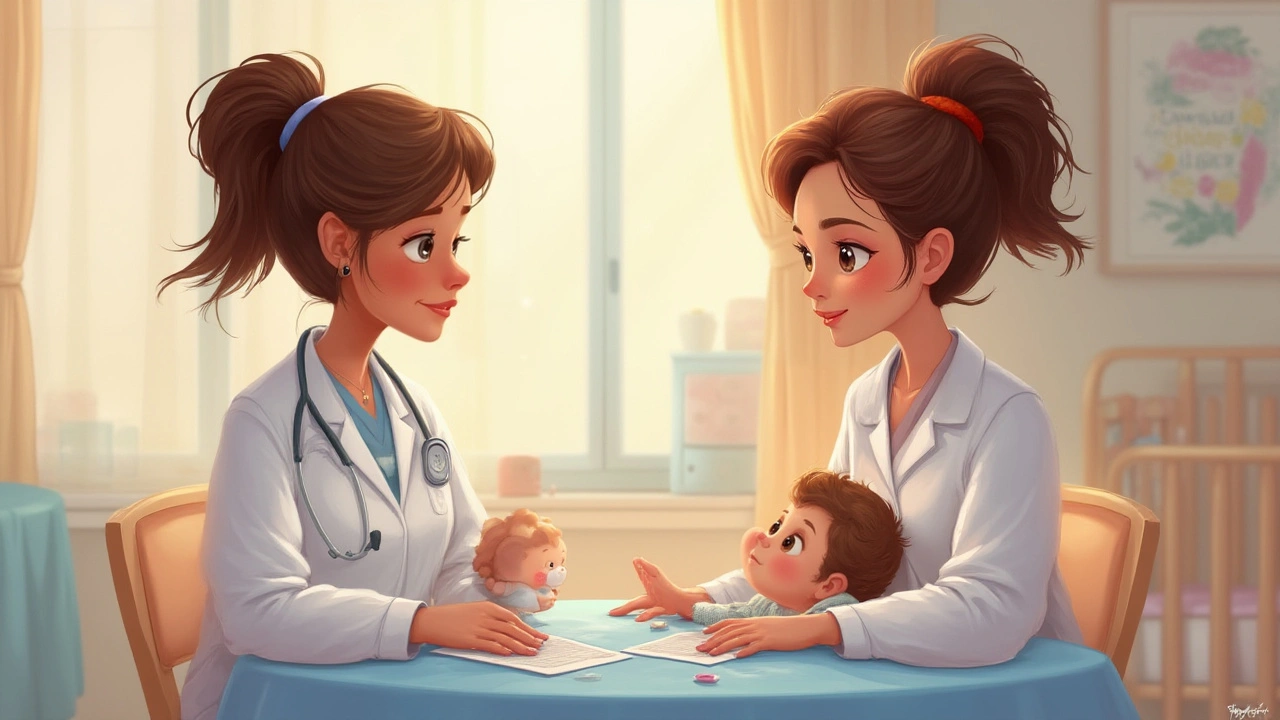Baby Rash Treatment: Quick Relief for Your Little One
Seeing a red spot on your baby’s skin can be scary, but most rashes are easy to treat at home. Below you’ll find the most common reasons babies develop rashes and simple steps you can take right now to soothe the irritation.
Common Causes of Baby Rashes
Babies get rashes for a few predictable reasons. Diaper rash shows up where wetness and friction meet – usually the bottom, thighs, or groin. Heat rash appears as tiny bumps in warm, sweaty spots like the neck or chest. Eczema looks like dry, itchy patches that can flare up anywhere, often on the elbows or behind the knees. Allergic reactions can cause hives or swelling after a new food, soap, or fabric.
Knowing the cause helps you pick the right treatment. For example, a diaper rash needs frequent changes and barrier creams, while a heat rash benefits from cooling the skin and keeping the area dry.
Safe Home Remedies and When to See a Doctor
First, keep the baby clean and dry. Gently wash the rash with lukewarm water and a mild, fragrance‑free soap. Pat the skin dry – no rubbing. For diaper rash, apply a thin layer of zinc oxide cream or petroleum jelly after each change. This creates a protective barrier that stops moisture from irritating the skin.
If the rash looks like heat rash, give your baby a cool bath and dress them in breathable cotton. Avoid tight clothing that traps sweat. For mild eczema, moisturize several times a day with a fragrance‑free ointment like vanilla‑petrolatum. Regular moisturizing helps keep the skin barrier strong and reduces itching.
Over‑the‑counter hydrocortisone 1% can be used for short periods on small eczema patches, but only if your pediatrician says it’s okay. Always test a tiny spot first to make sure there’s no extra reaction.
Call your doctor if the rash spreads quickly, blisters, oozes, or is accompanied by fever. Those signs could mean a bacterial infection or an allergic reaction that needs prescription medication.
Remember, the best prevention is keeping the skin clean, dry, and protected. Change diapers often, use breathable clothing, and avoid harsh soaps. With these easy steps, most baby rashes calm down in a day or two, and you’ll feel more confident handling them.
Wondering about using clotrimazole for your baby? Get detailed insights on safety, dosing, absorption, and irritants—straight from pediatrician experience.

